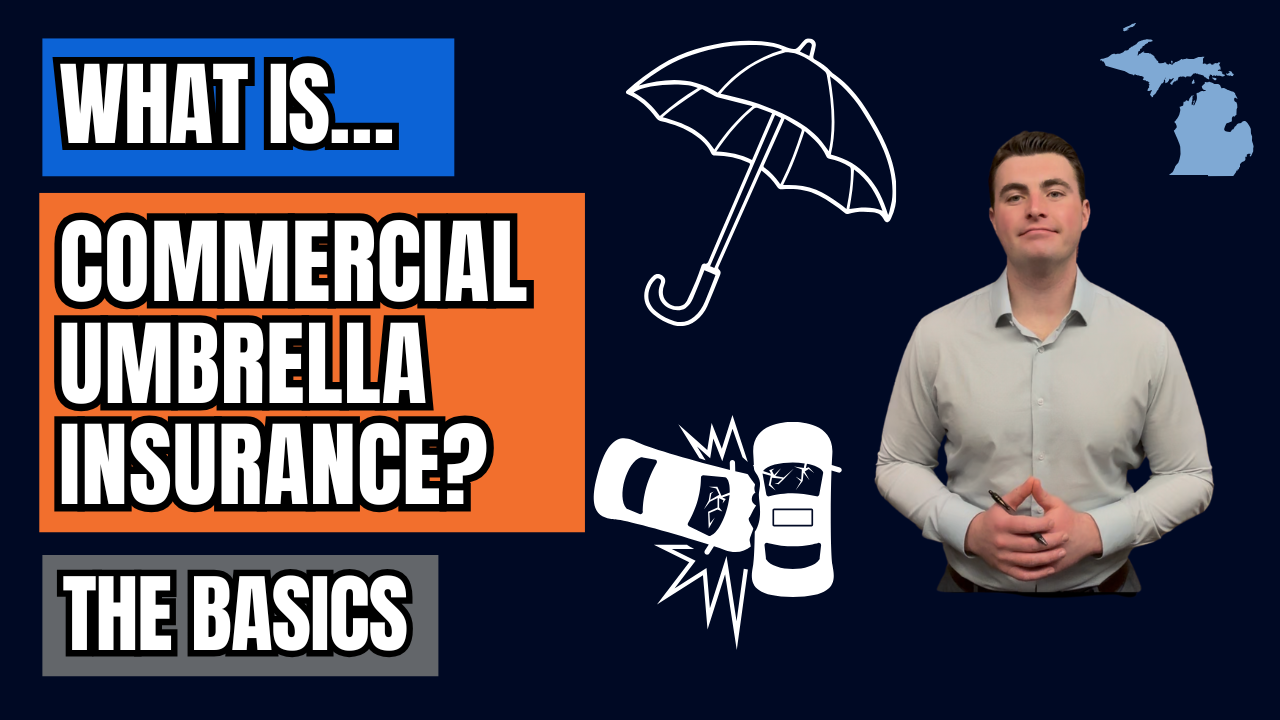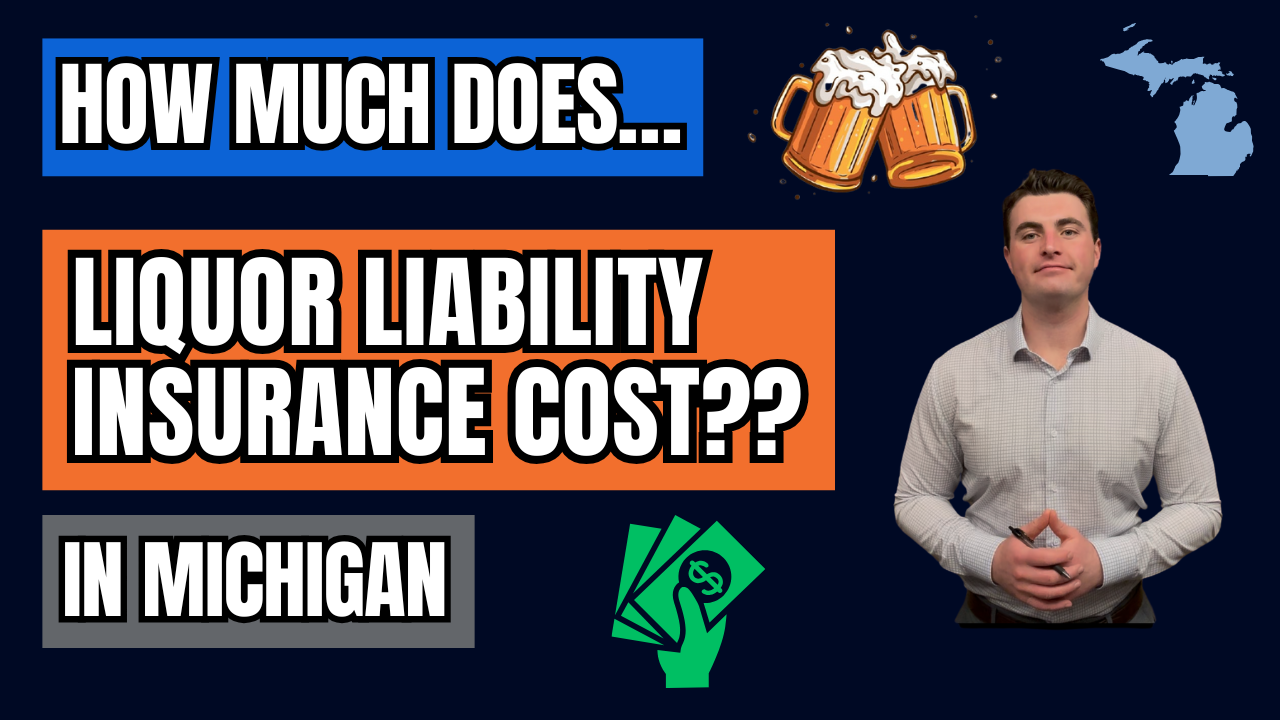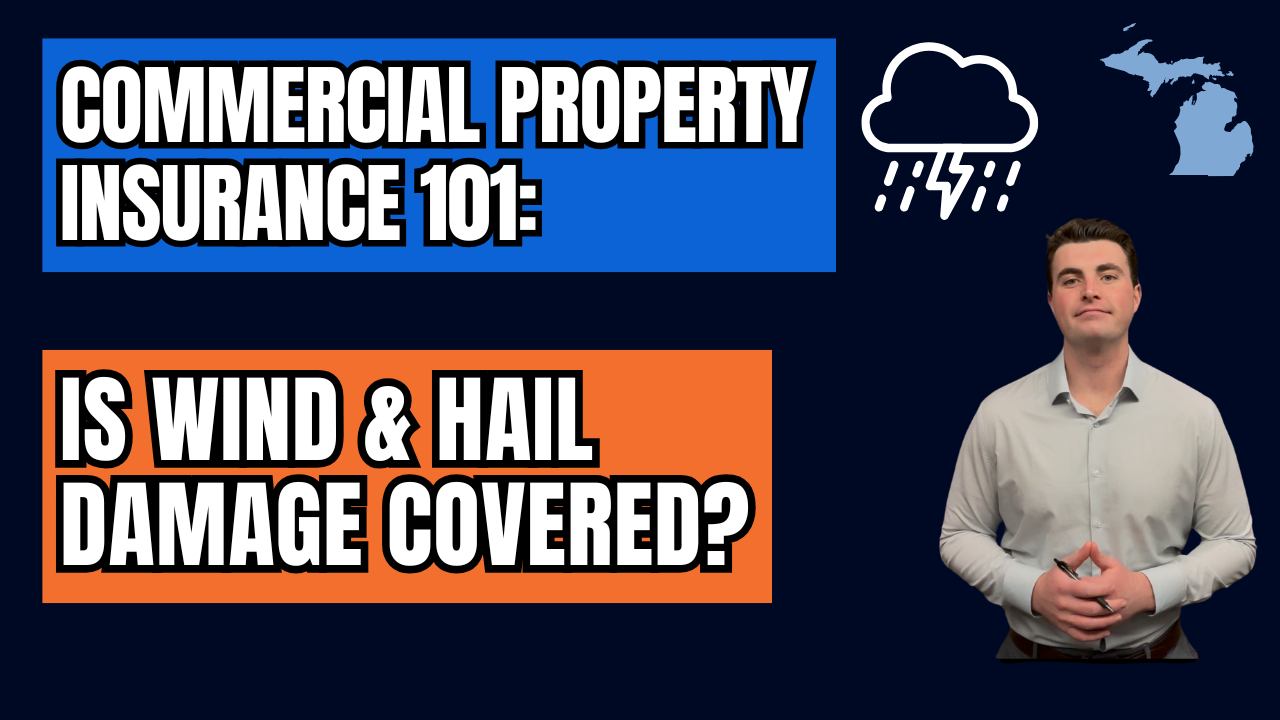Broad vs Standard Collision Deductible - What's The Difference? | Michigan Auto Insurance
Broad vs Standard Collision Deductible - What's The Difference?
When it comes to Michigan auto insurance, an important decisions you’ll make is which type of collision coverage to carry: standard collision or broad collision. Both options protect your vehicle if you’re involved in an accident, but how your deductible applies can make a big difference in your out-of-pocket costs.
In this article, we’ll break down the key differences between broad vs. standard collision deductibles, explain how they work, and help you decide which may be the better fit for your situation.
What Is Standard Collision Coverage?
With standard collision, you are always responsible for paying your deductible any time there’s an accident—regardless of who’s at fault.
Example: If you have a $500 deductible and someone hits your car in a fender bender, you’ll need to pay that $500 out of pocket before your insurance covers the rest of the repairs.
Key takeaway: Standard collision typically has a lower premium but offers no break on your deductible when you’re not at fault.
What Is Broad Collision Coverage?
With broad collision, things work a little differently. If you are not at fault in an accident, your insurance will pay for your vehicle damage without requiring you to pay the deductible.
Example: If someone rear-ends your vehicle and you’re not responsible, your insurance steps in to cover the damage right away—no deductible needed.
However, if you are at fault in the accident, you’ll still need to pay your deductible just like with standard collision.
Key takeaway: Broad collision usually comes with a higher premium, but it provides valuable protection from paying a deductible when the accident isn’t your fault.
Premiums: Broad vs. Standard Collision
- Standard collision → Lower premiums, but you’ll always pay your deductible.
- Broad collision → Higher premiums, but you may save money if you’re in an accident that isn’t your fault.
Your decision really comes down to balancing monthly premium savings against potential out-of-pocket costs after an accident.
Vehicle Loans and Lease Requirements
If you are leasing or financing your vehicle, your lender may have specific requirements on which type of collision coverage you must carry. Always check your loan or lease agreement to make sure you’re in compliance.
Choosing Your Deductible
Both standard and broad collision allow you to choose your deductible amount—commonly $500 or $1,000, though options vary by insurance company.
- A higher deductible can lower your monthly premium.
- A lower deductible means less out-of-pocket cost when an accident happens.
It’s all about finding the balance that works for your budget and comfort level.
Broad vs. Standard Collision: Which Is Right for You?
There’s no one-size-fits-all answer. If you prefer lower premiums and don’t mind paying a deductible no matter what, standard collision may be the way to go. If you want the peace of mind of not paying a deductible when you’re not at fault, broad collision may be worth the higher premium.
At the end of the day, it’s about your personal preference, financial comfort, and how much risk you’re willing to take on.
Final Thoughts
Understanding the difference between broad and standard collision coverage is an important part of making sure your Michigan auto insurance policy fits your needs. Before you decide, consider your driving habits, budget, and whether your vehicle is leased or financed.
If you’re unsure which option is best for you, it’s always a good idea to speak with a Michigan auto insurance agent who can help you compare costs and coverage side by side.
Contact Us
We will get back to you as soon as possible.
Please try again later.









